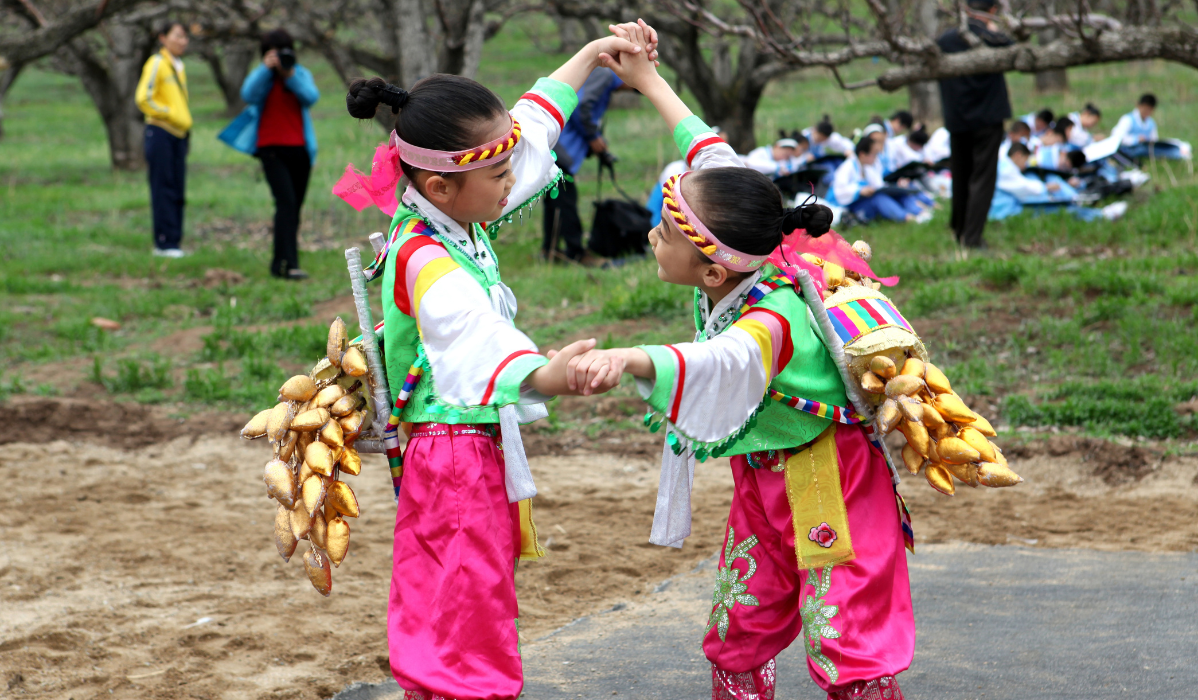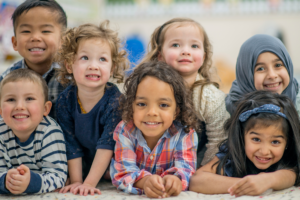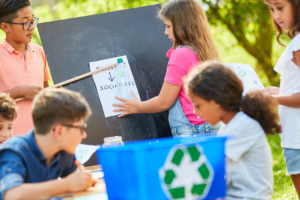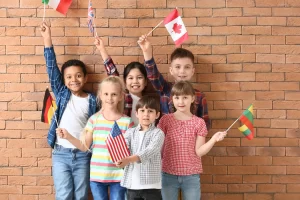Dancing Through Cultures: Encouraging Kids to Love Learning Different Cultural Dances
Dancing Through Cultures: Encouraging Kids to Love Learning Different Cultural Dances
At Cecelia’s Little Learners, we understand the joy and educational value that comes from learning different cultural dances. Dance is a universal language that transcends cultural barriers, promoting physical activity, creativity, and a deep appreciation for diverse traditions. By exploring a variety of cultural dances, children can celebrate their own heritage and develop a respect for others. Here’s how we encourage kids to love learning different cultural dances:
1. Weekly Dance Workshops:
– Variety of Styles: Introducing a new cultural dance style each week, such as Indian Bharatanatyam, Irish step dancing, African tribal dance, Latin salsa, Chinese fan dance, and Hawaiian hula. This exposes children to a wide range of movements, rhythms, and traditions.
– Guest Instructors Inviting guest instructors who are experts in specific cultural dances to lead workshops. These instructors can provide authentic insights into the dance forms and their cultural significance.
2. Dance Performances and Demonstrations:
– Live Performances: Organizing live dance performances by local cultural groups. Watching these performances inspires children and gives them a deeper understanding of the dance’s cultural context.
– Interactive Demonstrations: Hosting interactive dance demonstrations where children can learn basic steps and movements directly from the performers.
3. Cultural Dance Festivals:
– Annual Dance Festival: Holding an annual cultural dance festival where children can perform the dances they have learned. This event can be a celebration of diversity, with families and community members invited to attend.
– **Costume and Music: Encouraging children to dress in traditional costumes and dance to authentic music during performances. This enhances the immersive experience and helps them appreciate the cultural origins of each dance.
4. Dance and Storytelling:
– Narrative Dances: Exploring dances that tell a story or are part of cultural rituals and celebrations. Learning the stories behind the dances helps children understand their cultural significance and context.
– Cultural Narratives: Combining dance with storytelling sessions where children learn about the history and traditions of each dance form.
5. Dance as Physical Education:
– Fitness and Coordination: Incorporating cultural dances into physical education to promote fitness, coordination, and flexibility. Dancing is a fun way to stay active and develop physical skills.
– Teamwork and Cooperation: Encouraging group dances that require teamwork and cooperation. These dances foster a sense of unity and shared achievement among children.
6. Creative Dance Projects:
– Dance Choreography: Allowing children to create their own dance routines inspired by the cultural dances they learn. This encourages creativity and personal expression.
– Dance Journals: Having children keep dance journals where they can write about their experiences, draw costumes, and reflect on what they have learned about each culture.
7. Cross-Cultural Understanding:
– Discussion and Reflection:Facilitating discussions about the cultural significance of each dance. Children can share their thoughts and reflections, deepening their understanding of cultural diversity.
– Cultural Respect: Teaching children to respect and appreciate the cultural origins of each dance. Emphasizing the importance of cultural sensitivity and open-mindedness.
By incorporating different cultural dances into our curriculum, Cecelia’s Little Learners creates a vibrant and inclusive environment where children can explore and celebrate the world’s diverse traditions. Through dance workshops, performances, festivals, and creative projects, we foster a love for learning and a deep appreciation for cultural diversity. Our goal is to inspire children to embrace and respect different cultures, building a foundation for lifelong understanding and friendship across cultural boundaries.
Tag:Article




